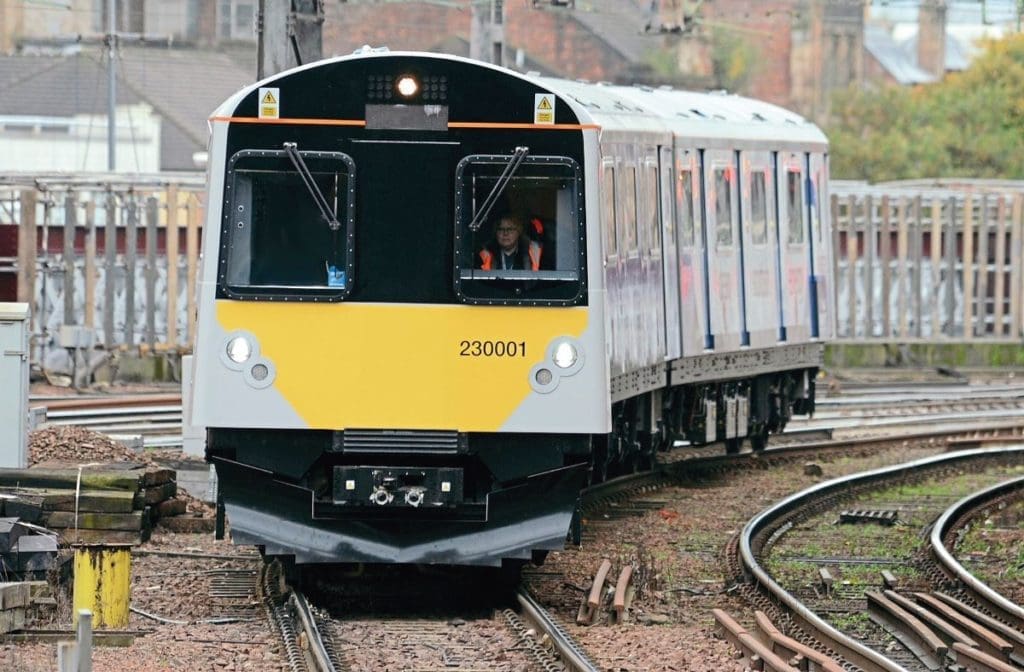The future of the various train fleets affected by the collapse of Vivarail has been clarified in recent weeks as administrators work to wind up the affairs of the failed train builder and battery technology company.

Great Western Railway has announced that it has completed the purchase of a number of Vivarail assets, which will allow its plans to trial Vivarail’s FastCharge technology on its branch line from West Ealing to Greenford.
GWR has agreed contracts to buy intellectual property, rolling stock and equipment relating to the development of high-performance battery and FastCharge technology, which it says is designed to support the wider introduction of battery-powered trains on the UK’s rail network. Nine former Vivarail staff have been employed by GWR to support the trials and project development.
GWR was due to launch the trial using battery-powered 230001 earlier this year, but this was subsequently delayed when Vivarail appointed administrators in December. A new date for the start of the trials of the train on the Greenford branch is yet to be announced.
GWR engineering director Simon Green said: “We’ve been working closely with the Vivarail team on this exciting project for some time and we are delighted to step in and make sure its important work can continue.
“There have clearly been some setbacks that mean we will need to review the existing plans and timescales, but we will continue to work with Network Rail and the Department for Transport to get the project back on track.
“This work is a key part of our commitment to reduce the carbon emissions of our train fleet, with a view to removing all diesel-only traction from the network by 2040, in line with the Government’s Transport Decarbonisation Plan.”
As reported in the last issue of Railways Illustrated, the first movements of Transport for Wales Class 230s since Vivarail entered administration took place on February 14, with 230008/010 operating a number of trips on the Borderlands Line between Bidston and Wrexham.
TfW owns five Vivarail three-car hybrid diesel and battery-powered Class 230s, 230006-230010, which it purchased for use on the Borderlands Line between Bidston and Wrexham, although their introduction into service has been extensively delayed. Driver training on the fleet ceased immediately upon the administration process commencing, while TfW evaluated what effect the process would have on the operation and maintenance of the trains.
A Transport for Wales spokesperson said: “TfW has now established a maintenance team at Birkenhead North depot to support the operation of the Class 230 fleet. As a result, testing and driver training has now recommenced on the Wrexham-Bidston route.
“We are aiming for the Class 230s to enter passenger service in the spring. Exact timing will depend on progress with driver training and the ability to source all adequate spares, but good progress is being made.”
However, users of London Northwestern Railway’s Marston Vale route between Bedford and Bletchley will not see the three Class 230 trains that were in use on the line prior to Vivarail going into administration return to service. LNR has discounted the possibility of reinstating the trains – which were previously maintained at Bletchley by Vivarail staff – onto the 16-mile line which they had worked since May 2019.
A rail replacement bus service continues to run on the route and this will remain in place until suitable replacement trains, expected to be Class 150/2s cascaded from Northern, can be released to LNR.
The size of station platforms and signalling arrangements on the route restricts the type of trains that can currently be used on the line.
The other operator of former Vivarail trains is South Western Railway, which operates five Class 484 two-car third-rail electric multiple units on Island Line on the Isle of Wight.
These trains have continued to operate, with the Class 484s maintained by SWR engineers, and Vivarail was previously used for technical support and the supply of certain spare components.
| Vivarail D-Stock Train Status – March 2023 | ||
| Unit | Operator | Status |
| 230001 | Great Western Railway | Destined for Greenford branch FastCharge trials |
| 230002 | Pop-Up Metro, America | Exported |
| 230003-005 | Off-lease | For disposal by Vivarail administrators |
| 230006-010 | Transport for Wales Rail | Driver training, ahead of entry into service |
| 230011 | Pop-Up Metro, America | Exported |
| 484001-005 | South Western Railway | In service on Island Line |


